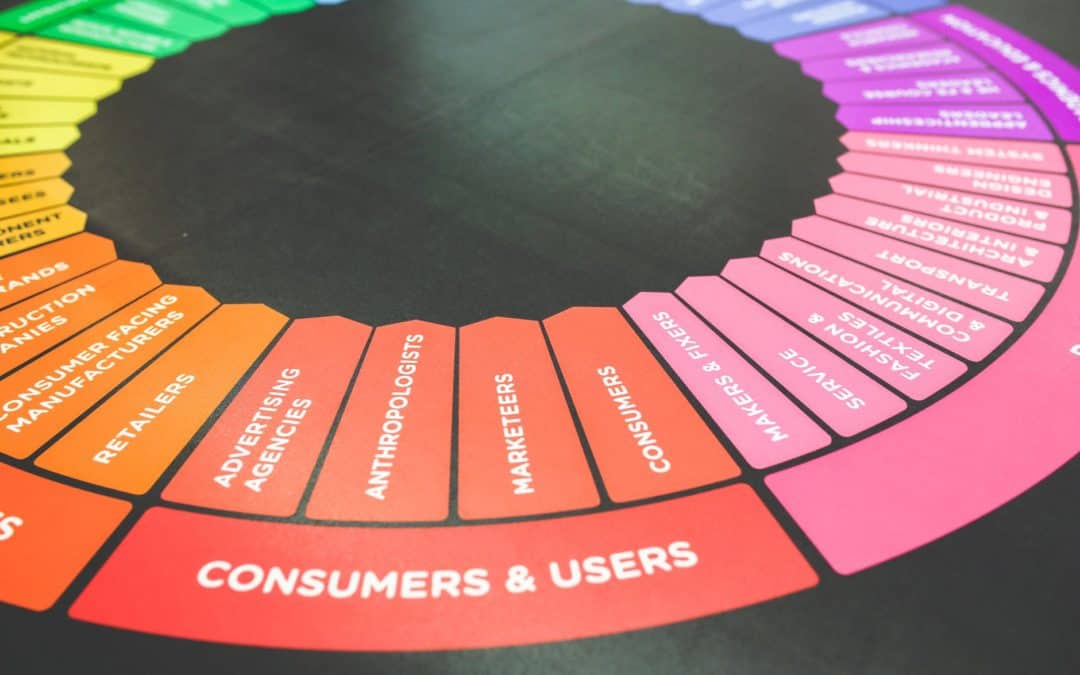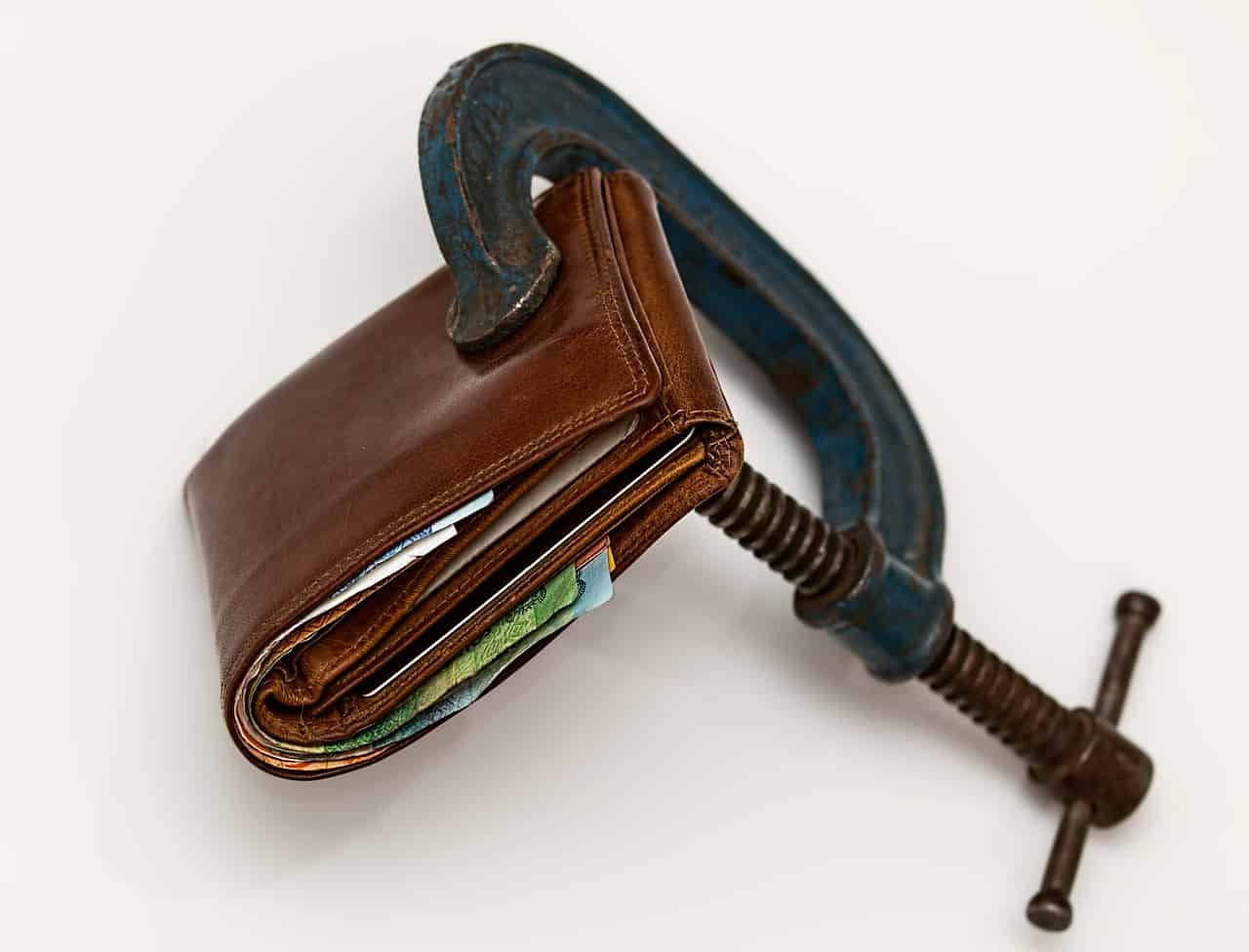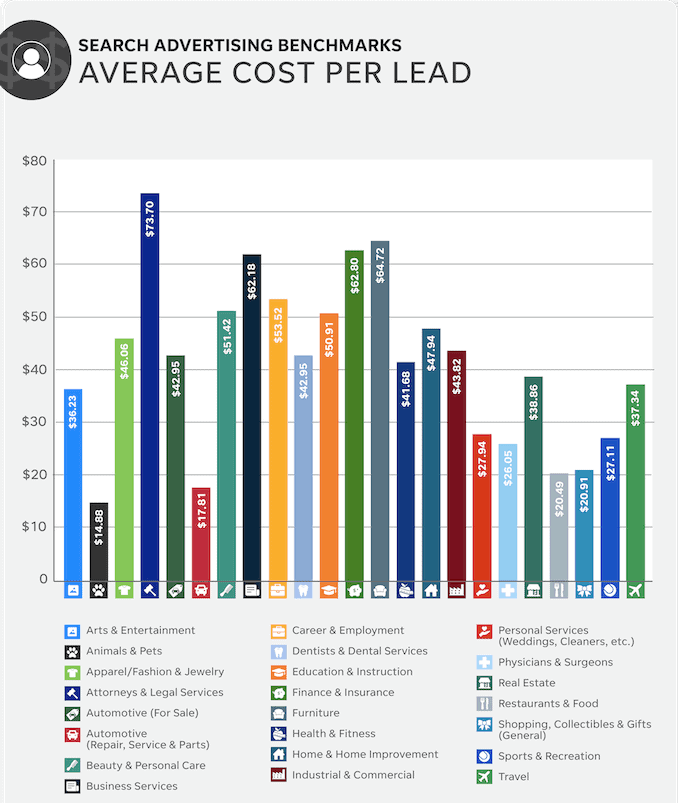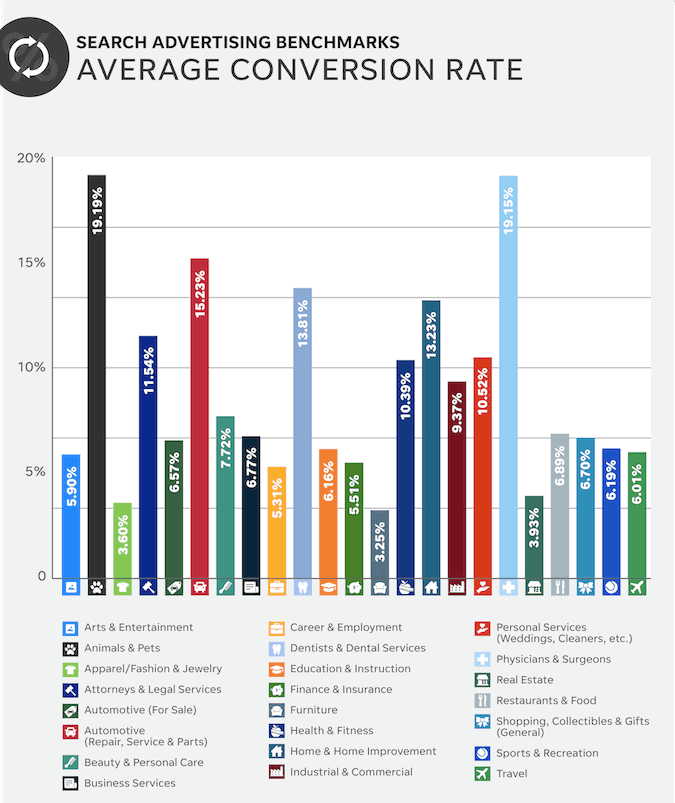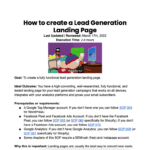Whether you’re a B2C or a B2B, if your business has sales, it should be generating leads. A lead is a potential customer, and lead generation is the process of creating and nurturing those potential customers.
The benefits of lead generation include:
Credibility: By offering valuable, reliable information to potential customers, you establish your business as an authority in your field. This means that when they’re ready to buy, they’ll be looking for you first.
More sales: You’re not only attracting new customers when you generate leads, you’re also working on keeping them around for the long haul. Leads are carefully cultivated through the sales process so that by the time they reach conversion, they are ready to do business with you.
Less effort: Lead generation allows you to have more control over the sales process while simultaneously reducing your own workload. By automating certain steps of the process and making sure every lead gets a personalized experience, your team will spend less time chasing down leads and more time closing deals.
What’s the real cost of lead generation?
Lead generation is a valuable marketing tool. It helps businesses build their pipelines and drive sales, and for those who are just getting started with it, it can be a game-changer—especially because there are so many free resources available.
But what’s the real cost of lead generation? And how can you make sure that you’re actually getting your money’s worth?
One of the more popular methods for generating leads is to “buy them” from lead generation companies like Hipages, Oneflare, Airtasker and Service Seeking.
It seems easy enough, pay your hardearned, get a lead, and go from there..
So what’s the catch? Lead generation companies are expensive. They charge a percentage of the total job value, in most cases is 15% plus a monthly fee plan which can be anywhere between $99 to $1200. In fact, on average, it ends up costing you more than $30 – $60 per lead in some cases. That’s per lead. Not per job or sale.
It’s for this reason that we don’t recommend using pay per lead platforms such as those mentioned above. We’ve had dissatisfied clients who’ve used these sites, and generally speaking, each lead they accepted was 30 to 40 dollars. Often once accepted the “client” wouldn’t answer calls or they were just curious as to the cost. After a few leads like this it becomes extremely costly. This only bumped up the price for the next client as we couldn’t afford to keep paying for such expensive leads.
If you own a franchise and are required to pay a set monthly fee regardless of your revenue, it can be costly, and most large franchises will sends leads your way for a price, which on the surface may seem low, anywhere between $4 – $10, but factor in the complusory monthly fees and those leads could be upwards of $60 plus each.
So what is the alternative?
Google or Facebook?
Search is no longer just a place to discover new products and services. It’s become the go-to destination for consumers who are ready to buy. Even if they aren’t sure exactly what they want, search engines are where most people start their research.
So why not get in front of those potential customers at the moment of highest purchase intent?
In a recent survey, 71% of respondents said that search engines were the first place they looked for information about products or services. And with paid search ads, you can show up at the top of those search results—and beat your competitors to the punch.
Paid search ads are highly effective because they put you in front of consumers when they want your product or service most.
Google and Bing Search Ads: Average Cost Per Click, Click-Through Rate, Cost Per Lead, and Conversion Rate by Industry
If you’re considering running Google or Bing search ads, you’ll want to first get an idea of what you can expect to pay for cost per click, click-through rate, lead cost, and conversion rate. These factors will play a large role in how much your ad campaign costs overall.
To help you get a sense of what’s possible in your industry, we’ve compiled the top 20 industries that run Google and Bing search ads (according to their own data). The data is broken down by industry so that you can get an idea of where you need to improve to stay competitive.
Also read: “The cost of Google Ads in 2022”
Pay only for interested leads
What is cost per lead?
Cost per lead, also known as cost per action, cost per conversion, or cost per acquisition, tells you how much you spent in order to get someone to complete a desired action—whether to fill out a form, call you, or make a purchase.
How much does it cost to get a lead?
According to Wordstream market research, the average across all industries is $41.40. This overall average is lower than what we’ve seen in the past, which is good news for advertisers. The automotive vertical has consistently been in the lowest bracket in our past findings.
Which industries have the highest cost per lead?
Industries with the highest cost per lead include attorneys and legal services ($73.70), furniture ($64.72), and finance and insurance ($62.80).
Which industries have the lowest cost per lead?
Industries with the lowest cost per lead are animals and pets ($14.88), automotive repair, service, and parts ($17.81), and restaurants ($20.49).
Which industries have the highest conversion rates?
The conversion rate of an ad is the number of people who clicked on your ad and then did what you want them to do (like contact you or buy something from your site). This is one of the most important numbers you’ll ever look at, because it tells you whether your marketing dollars are being spent in a way that creates value for your business.
We found the average conversion rate across all industries to be 8.82%, ranging from 3.25% to 19.19%.
Industries with the highest conversion rates include animals and pets (19.19%), physicians and surgeons (19.15%), and automotive repair, service, and parts (15.23%). Industries with the lowest conversion rates were furniture (3.25%), apparel/fashion and jewelry (3.6%), and real estate (3.93%). Our past data also finds the highest conversion rates in the legal and automotive verticals and the lowest in real estate and apparel.
On the other hand, the personals conversion rate has historically been higher than what we’re seeing here.
I am not a marketer, I run a business, so how can I do both successfully?
You’re not alone. You think you’re the only one who’s ever been through this, but we’ve heard from many business owners just like yourself.
You’ve built your business on passion and hard work, so it can be a rude awakening when you realize that you need to give all that same passion and attention to crafting an effective marketing strategy.
For a lot of people, it’s especially hard because they don’t have a background in marketing—they’re just business owners. But the good news is, we can not only help you with that, we can also help turn you into a marketer who happens to own a business.
Here’s how:
Three Words: “Standard Operating Procedures”
We have been developing and using our marketing SOPs to great success. Our SOPs provide you with step by step instructions that make setting up effective ads simple and straight forward. They are easy to follow even if you are a beginner or don’t have any experience in creating Facebook or Google ads.
Our SOPs come with detailed instructions on how to set up your ads, tricks of the trade that save you time, money, frustration and improve your results. We have been working with different audiences over the years and have tested what works best for your market.
Like to know more? Click this link
Dedicated To Your Marketing Success
John


